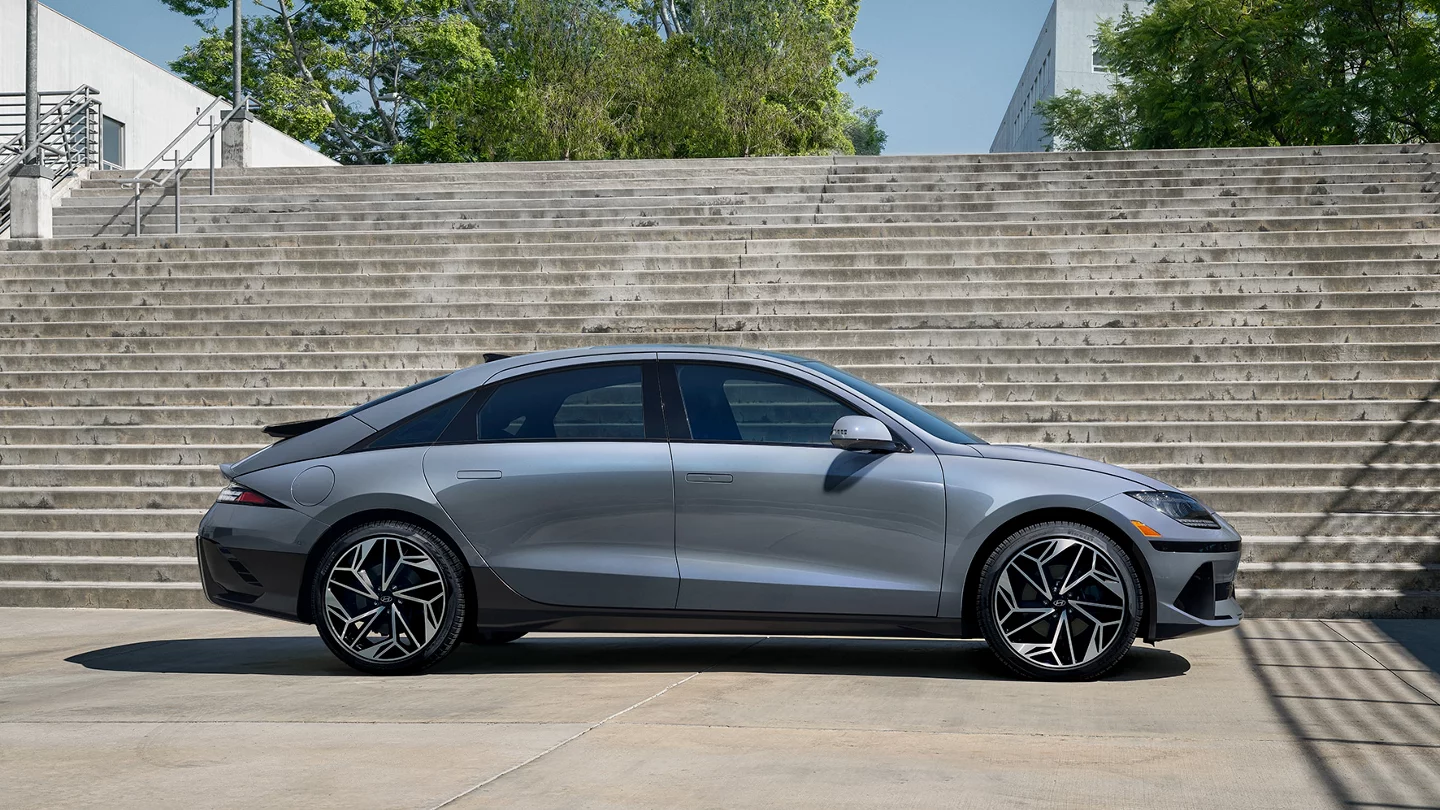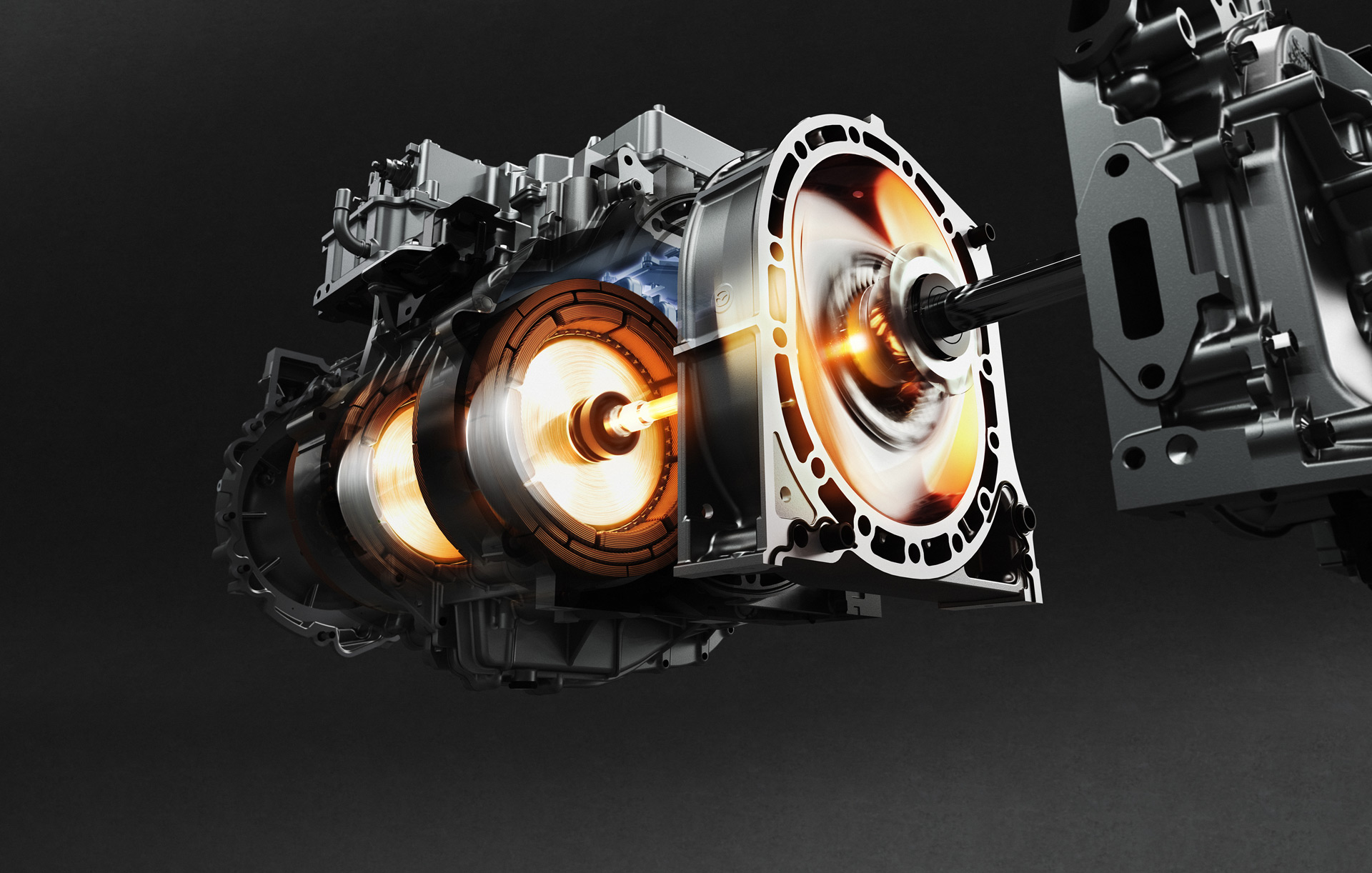
In the dynamic realm of technology and innovation, Apple’s surprising decision to cancel their much-anticipated electric car project, Project Titan, has sparked extensive speculation and discussion. Delving into the intricate web of challenges and strategic decisions that led to this abrupt exit from the electric vehicle (EV) race provides valuable insights into the multifaceted reasons behind the project’s cancellation.
Strategic Shifts and the Embrace of AI Technologies
At the core of Apple’s decision was a strategic pivot towards artificial intelligence (AI) and generative AI technologies. Recognizing the evolving landscape of the automotive industry, Apple opted to redirect its focus and resources to areas promising a more substantial competitive edge. This strategic agility stresses the company’s ability to adapt swiftly to the fast-paced technological environment, even if it means stepping away from ambitious projects like Project Titan.
This shift is indicative of Apple’s forward-thinking approach, acknowledging the transformative potential of AI in shaping the future of technology. While the electric car project was groundbreaking, Apple’s decision aligns with its commitment to staying at the forefront of technological advancements.
Economic Factors and the Fluctuating EV Market Dynamics
The electric vehicle market, although burgeoning, is not immune to challenges, and economic factors played a pivotal role in Apple’s decision-making process. High interest rates and economic slowdowns contributed to fluctuating demand for electric vehicles, creating an uncertain climate that prompted even established automakers to reassess their electric mobility strategies. Some industry players pivoted towards hybrids as a more immediate and financially viable solution.
Apple’s decision to cancel Project Titan reflects a broader industry trend of cautious investment in electric mobility amidst economic uncertainties. It demonstrates the company’s pragmatic approach, avoiding potential pitfalls in a market undergoing rapid transformation.
Internal Reorganization: A Shift Towards Core Competencies
Another critical aspect of Apple’s strategic decision was its internal reorganization. Talents initially dedicated to the electric car project were shifted to AI divisions, showcasing a deliberate strategy to prioritize core competencies in electronics, software, and online services. This internal realignment also highlights Apple’s commitment to innovation, even if it calls for discontinuing projects that no longer align with the company’s evolving strategic goals.
The move also emphasizes Apple’s confidence in the potential of AI technologies to redefine the future of technology. By channeling resources and expertise into areas of strength, Apple positions itself strategically to lead in emerging technological frontiers.
Looking Ahead: Apple’s Continued Exploration of Automotive Technologies
The cancellation of Project Titan does not mark the end of Apple’s automotive ambitions. The company remains committed to exploring automotive-related technologies, exemplified by their continued development of the widely adopted CarPlay system. This ongoing interest in the automotive space suggests that while Apple may have shelved its electric car project, its quest for innovation within the industry continues.
Apple’s venture into electric cars was a bold exploration of new territory for the tech giant. The cancellation of Project Titan, while surprising, provides a deep dive into Apple’s strategic decision-making process. It showcases the company’s ability to pivot in response to changing market dynamics and internal priorities. As Apple continues to explore new frontiers, its journey serves as a poignant reminder of the complexities and challenges at the intersection of technology and mobility.














